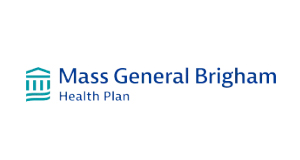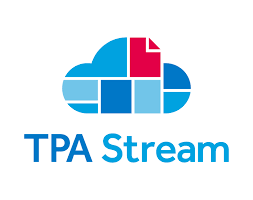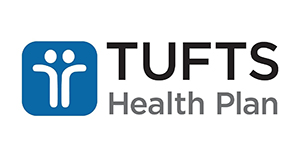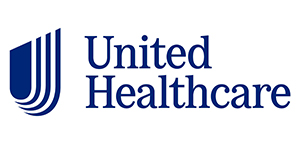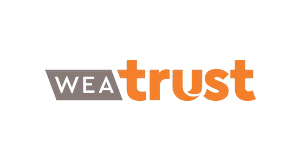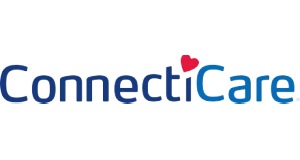Supply and Demand: Why Are Healthcare Costs Rising?
Table of Contents
The U.S. spends $4.1 trillion a year on healthcare — more than any other country in the world — and that number is steadily rising.
Internal factors within the healthcare system are driving prices up. Meanwhile, the combination of an aging population, unaddressed health issues and COVID-19 is straining the system like never before.
The Cost of Healthcare in the U.S.
Before we look at why the costs are rising, let's start with how much the U.S. spends on healthcare.
According to the Centers for Medicare and Medicaid Services, U.S. healthcare spending increased 9.7% in 2020, reaching $4.1 trillion.
- Hospital care: $1.3 trillion
- Physician and clinical services: $809.5 billion
- Retail prescription drugs: $348.4 billion
- Other health, residential and personal care services: $208.8 billion
- Nursing and continuing care facilities: $196.8 billion
- Dental services: $142.4 billion
- Home healthcare: $123.7 billion
- Other professional services: $117.4 billion
- Non-durable medical products: $85.7 billion
- Durable medical equipment: $54.9 billion
Altogether, U.S. spending on healthcare came to approximately $12,530 per person in 2020. However, to accurately evaluate healthcare expenses in the U.S., we also need to look at insurance. The average annual premium for employer-sponsored health insurance is:
- $7,470 for single coverage.
- $21,342 for family coverage.
For a policy purchased under the Affordable Care Act, the average annual premium is:
- $5,472 for single coverage.
- $13,824 for family coverage.
Why Are Healthcare Costs Rising?
Healthcare costs have risen steadily over the years, and they look ready to keep going — CMS expects national healthcare spending to reach 19.7% of the economy, or $6.2 trillion, by 2028.
Higher prices and increased use are driving the increase — the cost of medical care is growing concurrently with demand. While there are many variables in play, the most significant reasons for the rising cost of healthcare in the U.S. are an aging population, unaddressed health issues and factors within the healthcare system.
An Aging Population
Our aging population contributes considerably to healthcare spending in the U.S. There are currently more than 54 million adults over 65 in the U.S., accounting for 16.5% of the total population. That percentage has been growing since 2011 when the first baby boomers turned 65, and this cohort has been the fastest-growing age group since then.
As more of the population reaches this age category, healthcare needs increase. More than 73% of U.S. adults over 65 report managing at least one chronic illness or disease, such as:
- Alzheimer's disease.
- Arthritis.
- Asthma.
- Cancer.
- Chronic obstructive pulmonary disease.
- Diabetes.
- Epilepsy.
- Heart disease.
- Kidney disease.
- Stroke.
The direct and indirect costs of managing these chronic diseases account for $3.8 trillion in U.S. healthcare spending. Some of these expenses include doctor visits, prescription medication and medical devices, while the rest cover hospital and home care.
Older adults are also more likely to experience injuries requiring intensive medical care. Falls are perilous, injuring over 10% of U.S. adults 65 and older annually. As this population's leading cause of injury, they represent over $1.3 billion in spending.
Family caretakers can help reduce the need for costly in-home care for illness and injury. However, 16.5% of U.S. adults 55 and older are childless, leaving them with fewer potential options outside of medical professionals.
Avoiding Care
People have a long history of delaying or avoiding medical care, from routine checkups to severe injuries. Reasons range from a lack of time to a fear of the potential diagnosis to disliking doctors' offices.
While cost is the most typical reason people avoid care — in 2019, cost caused 7.5% of U.S. adults to delay medical treatment — the ongoing pandemic has also recently become a significant cause.
In 2020, 41% of U.S. adults reported delaying or bypassing care due to COVID-19. This behavior was most typical in the following categories.
- Unpaid caretakers: People caring for immunocompromised children or adults were often concerned about the risk of exposure.
- People with underlying conditions: Those with two or more risk factors for severe COVID-19 were more likely to put off care to avoid potential exposure. They might have also had more opportunities to actively delay care if their conditions did not require frequent monitoring or treatment.
- People with disabilities: Disruptions to support and transportation services due to the pandemic made it more challenging for people with disabilities to access medical care.
In the short run, people might save money and limit the spread of contagion by avoiding care. However, putting off medical care often leads to more severe — and more expensive — health issues later on.
Internal Factors
An aging population and increasingly severe health issues increase the demand for medical care. At the same time, there are also internal factors driving rising healthcare costs. Some of those include the following.
- Administrative costs: Over the past 20 years, administrative expenses like insurance and physician administration, billing and coding have accounted for between 15% and 25% of U.S. healthcare spending. Some administrative activities, like hiring and staffing or patient scheduling, are unquestionably necessary. However, the range of options the U.S. healthcare system provides also comes with additional administrative price tags. More available choices mean more complex administration to handle them, driving expenses up.
- Rising medical costs: The average individual's annual healthcare spending is higher than ever, increasing by 21.8% between 2015 and 2019. However, people have also been using healthcare services less frequently. These trends simultaneously stem from and contribute to rising prices. For example, while hospital use dropped by nearly 12.5% during that time, an approximate 31% increase in costs meant that spending still increased by 14.4%.
- Anti-competitive contracting:S. healthcare markets are increasingly consolidating, giving one health system control over multiple clinics, hospitals and specialists. These may include services or providers that network adequacy laws consider essential. In those cases, this consolidation gives health systems and provider groups leverage to set the terms in their contracts with health insurance plans. Those terms often lead to higher prices for employers and individuals.
See the Savings With The Difference Card
As medical care grows more expensive, figuring out how to lower healthcare costs is a challenge worth undertaking. Take the first step toward savings with The Difference Card.
The Difference Card works with employers to increase employee benefits while maintaining their insurance contributions. We help employers save an average of 18% on health insurance costs, allowing them to reinvest those savings in their employee benefit plan. Our Difference Guarantee ensures you'll only ever spend up to a preset dollar amount — if claims exceed that amount, we'll reimburse you for the difference.
Visit us to request a proposal today and see the difference for yourself!







